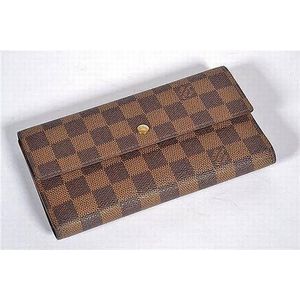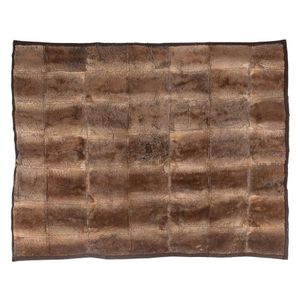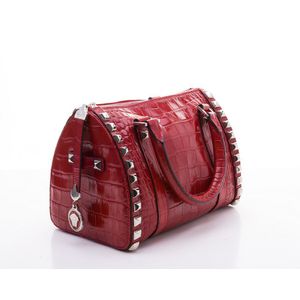Rosewood Tea Caddy with Satinwood Stripes
You must be a subscriber, and be logged in to view price and dealer details.
Subscribe Now to view actual auction price for this item
When you subscribe, you have the option of setting the currency in which to display prices to $Au, $US, $NZ or Stg.
- Victorian Period - The Victorian period of furniture and decorative arts design covers the reign of Queen Victoria from 1837 to 1901. There was not one dominant style of furniture in the Victorian period. Designers used and modified many historical styles such as Gothic, Tudor, Elizabethan, English Rococo, Neoclassical and others, although use of some styles, such as English Rococo and Gothic tended to dominate the furniture manufacture of the period.
The Victorian period was preceded by the Regency and William IV periods, and followed by the Edwardian period, named for Edward VII (1841 ? 1910) who was King of the United Kingdom and the British Dominions and Emperor of India for the brief period from 1901 until his death in 1910. - Rosewood - A dense timber that varies in shade to very light brown to almost black. When rosewood is cut and sanded the colour of the timber will turn black, and after polishing and exposure to daylight, the surface will gradually lighten over time to light brown with black streaks.
The name comes from the odour emanating from the timber when it is planed, sanded or cut.
Rosewood was very popular for use in Victorian furniture in the second half of the 19th century, and at that time most of the rosewood was imported from Brazil. However it also grows in India and Indonesia.
It is used in the sold for chairs and table legs, but for carcase furniture such as side cabinets and bookcases, and for table tops it is always used as a veneer. - Satinwood - Satinwood is a dense pale gold coloured timber that was imported into Britain in the second half of the 18th century, and early 19th centuries from the East Indies and the West Indies. The name derives from the satin-like surface sheen when the timber is polished.
It was used in the solid, as a veneer and in inlays. As well as furniture, satinwood was used for making musical instruments, barometers, boxes and clocks.
It will usually be found on only the very best quality objects, presumably because of of its cost at the time.
This item has been included into following indexes:
- meat covers / food covers / dish covers - pewter 1,562
- tea caddies, material
- tea caddies, period or age - Victorian 189
Visually similar items

A Portefeuille international by Louis Vuitton, styled in Damier canvas with gold metal hardware, for change, bills ten credit cards and cheque book, N61217, TH0953, 19 x 10.5 cm.

Flores, Indonesia, cotton sarong, mid-20th century, 61 x 135 cm

An Australian 49 pelt platypus skin rug. 132 x 155 cm. This rug was acquired by the vendor from John Bovill, now deceased, in 1997. The rug had been in Mr Bovill's family, residents of Tasmania, since the pelts were collected in the late 19th and early 20t

A handbag by Versace, styled in red crocodile leather with silver stud detail and silver metal hardware, 19 x 24 x 11 cm.
